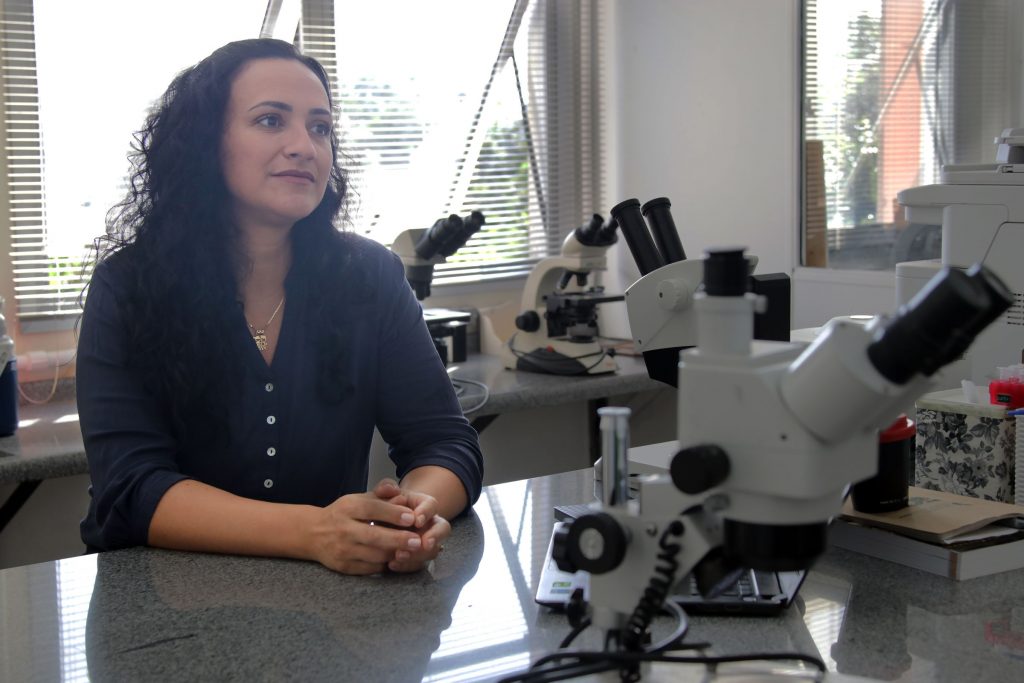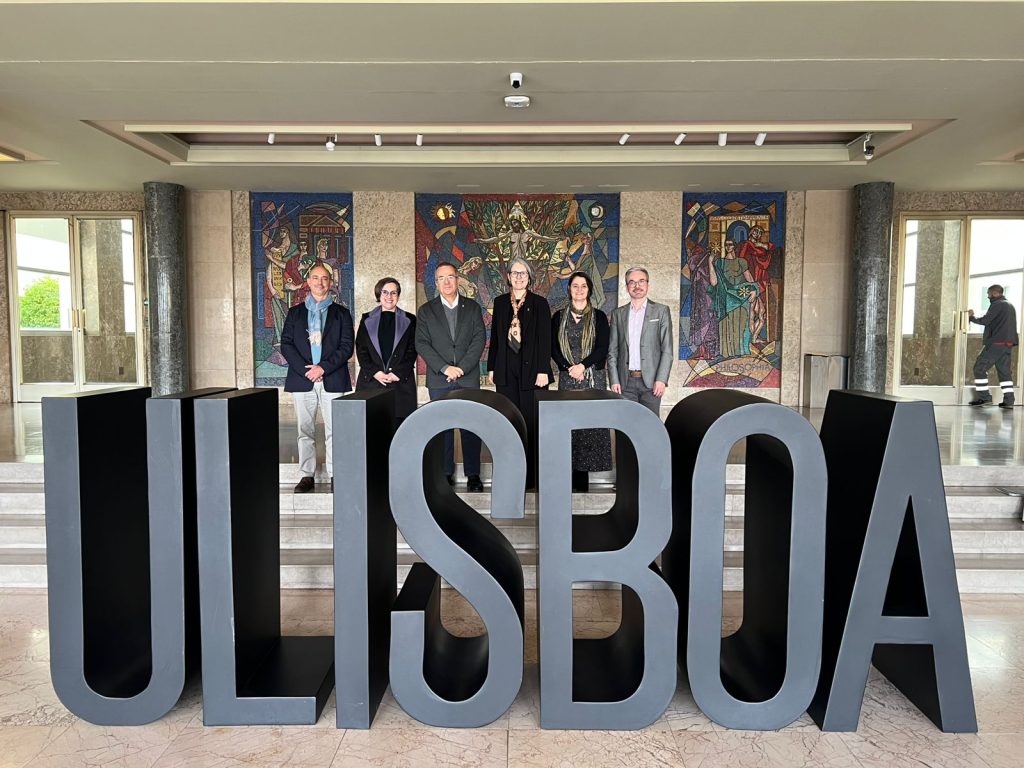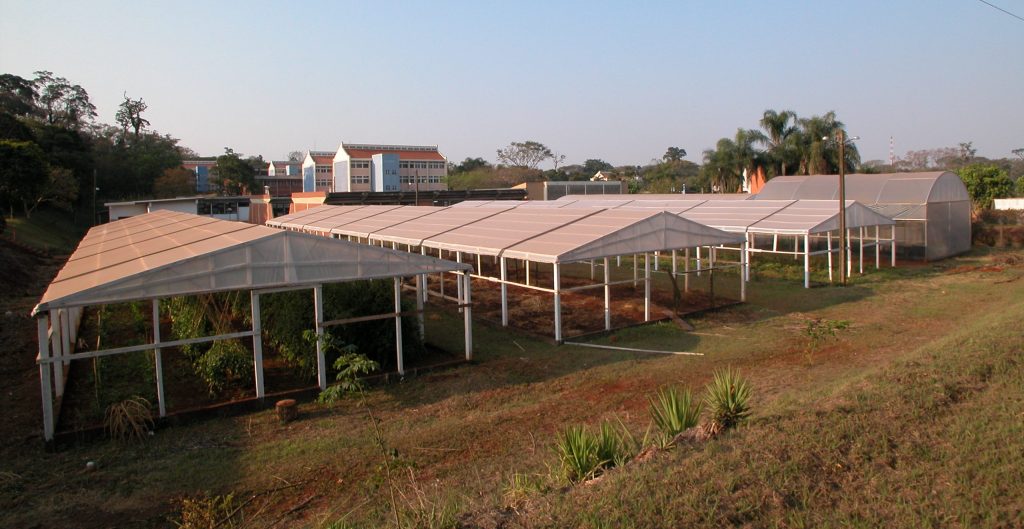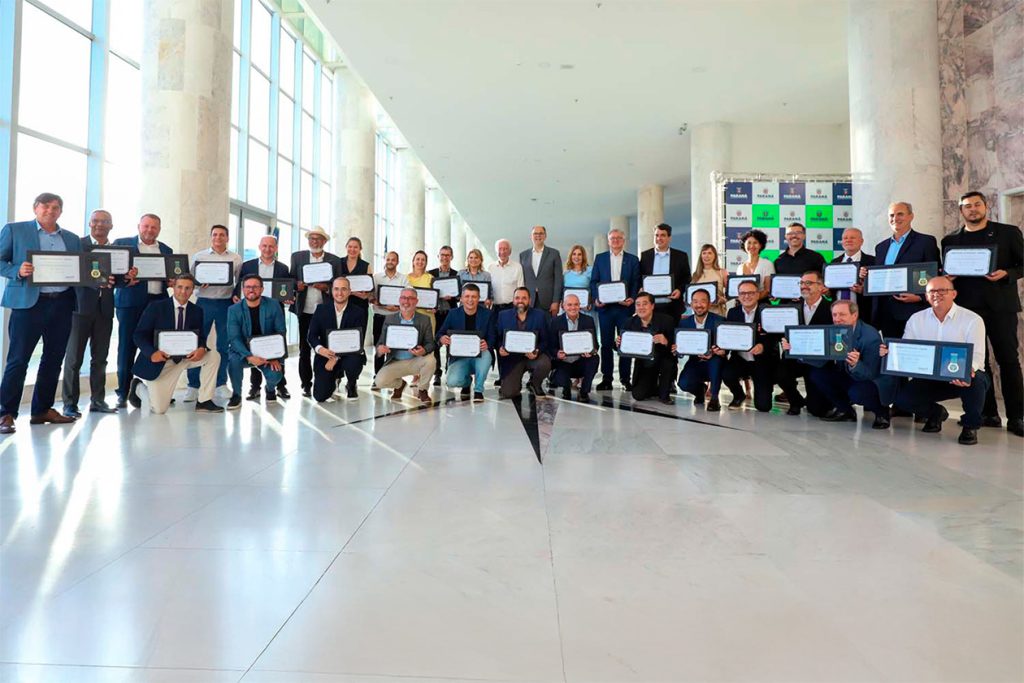[EN] From microscope to screens
[EN] From microscope to screens
Matéria originalmente publicada em português na edição nº 1419 do Jornal Notícia. Traduzida pelo Centro de Escrita (CE) da UEL.Talking about something that cannot be seen has been a challenge for educators. This is the case for microscopic particles and beings, such as animal and plant cells. Thinking about these difficulties in teaching Cell and Molecular Biology, professor Renata da Rosa, from the Department of General Biology (CCB), has been coordinating the extension project “Production of Cell and Molecular Biology Videos for High School Students” for three years.
Despite the interruption during the pandemic period, the students involved in the project produced nine videos, lasting between 3 and 16 minutes and covering various topics, such as “plant vacuoles”, “electrophoresis” and “transport through cell membranes”. The videos are posted on the Youtube channel “Citologia e Entomologia Molecular” (Cytology and Molecular Entomology), available to all interested parties. “We also considered topics that can be included in the entrance exam”, informs the project coordinator.
Renata teaches Pedagogical Practices in Cell Biology and Embryology, a subject in the fourth year of the Biological Sciences course. First, professor Renata verified High School students’ difficulties with abstractions, teachers’ possible conceptualization problems and lack of adequate instruments in many schools (for example, the lack of microscopes). Then, she decided to invest in a methodology that was consolidated and produced by university students, who have more proximity with High School students’ language and interests. “The goal is to disseminate Science”, summarizes the project coordinator.
The results are videos with scientific content and rigor, but that are playful, colorful, dynamic, and creative, in the professor’s opinion. Some resemble a video lesson, others have used dramatization and produced an “interview” with a famous scientist, and others have created amusing animations. Production has been done in pairs or small teams, and there is even a “studio” at the Cytogenetics Laboratory (CCB) with a camera, chroma key and software for video editing.

Students go through all stages of audiovisual production: brainstorming, scripting, recording and editing. Some videos were ready in a month, while others took an entire semester to be completed. The project has gone beyond the initial parameters and students from different years of Biological Sciences, and even Agronomy students, have already taken part in the production. In fact, says the professor, there are even postdoctoral students participating. According to her, other undergraduate course coordinators have also expressed interest in the project and look forward to content created for them. Zootechnics is one of them.
Renata explains that, for first-year Biological Sciences students, the topics are chosen by draw. Laboratory participants choose their own. The coordinator expects that more scholarship holders will arrive in the coming months, and that more videos will be made available in the second half of 2022. Not all videos produced are selected for the channel, but it is always possible to make adjustments or record a new one. Professor Mariana Aparecida Bologna Soares, from the Department of General Biology, also instructs the participants and provides pedagogical advice.
It is also worth mentioning the participation of professor Michele Salles El Kadri, from the Department of Modern Foreign Languages (CLCH), since it is one of the project’s objectives to make videos dubbed in English available, which is yet to be done. In addition, a questionnaire evaluation will be carried out with primary school teachers to understand their perspective on the material, its potential and its use in teaching practice.
Research
This is professor Renata’s first extension project, who also carries out research in the Cytogenetics Laboratory. It brings together 15 researchers and two professors, professor Renata and professor Lúcia Giuliana Caetano, also from General Biology. Various topics are researched in the laboratory, such as disease vectors, agricultural pests and the silkworm — which was presented at ExpoLondrina 2023 and attracted a large number of visitors, according to Renata.
Tradução: Lívia Seneda e Loriane Santana. Equipe do Centro de Escrita (CE).
Matéria originalmente publicada em português na edição nº 1419 do Jornal Notícia: Do microscópio para as telas.




